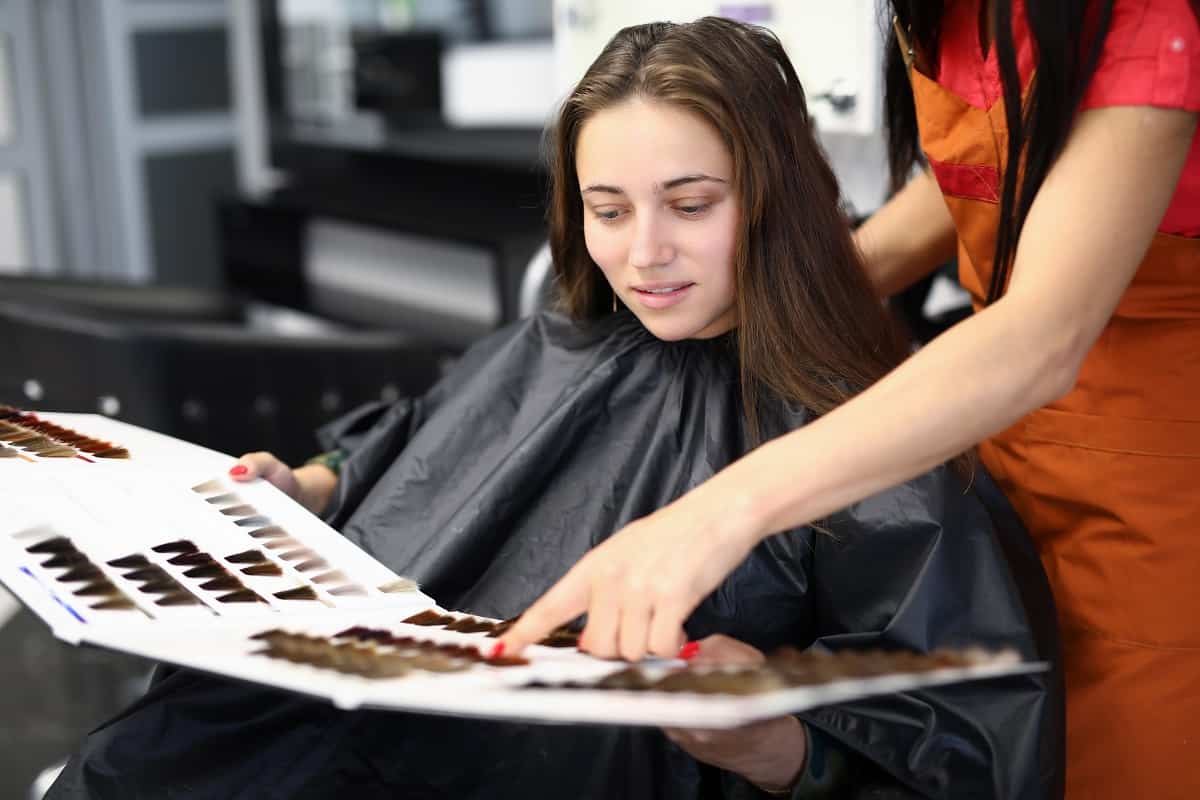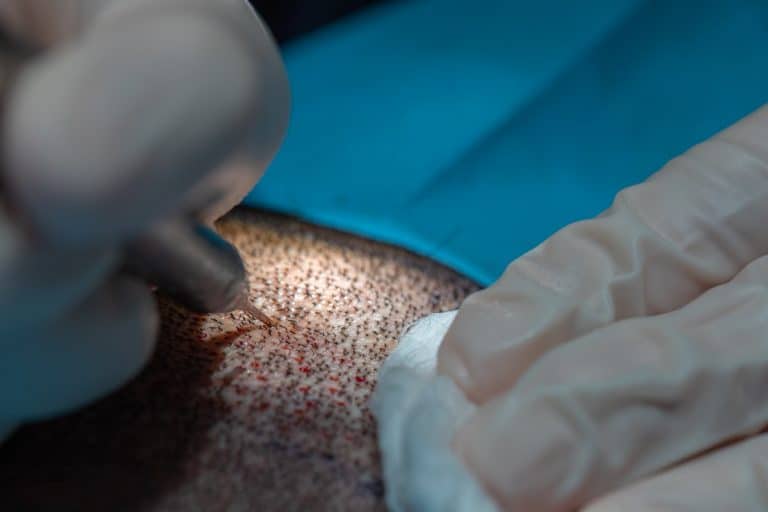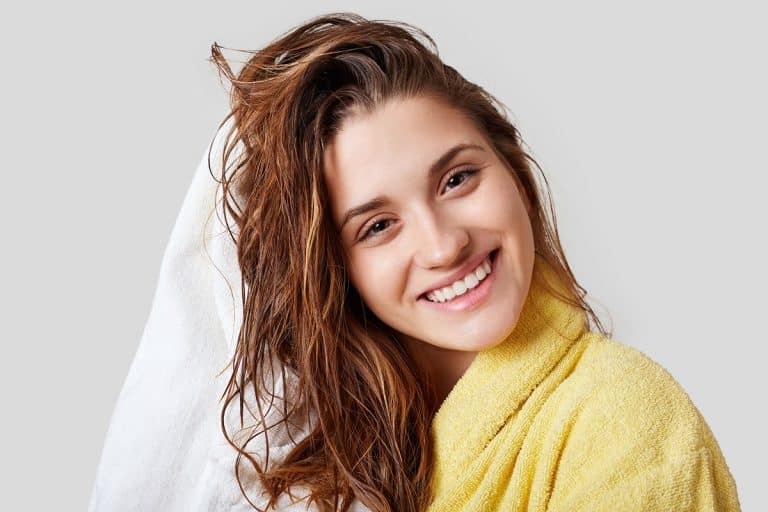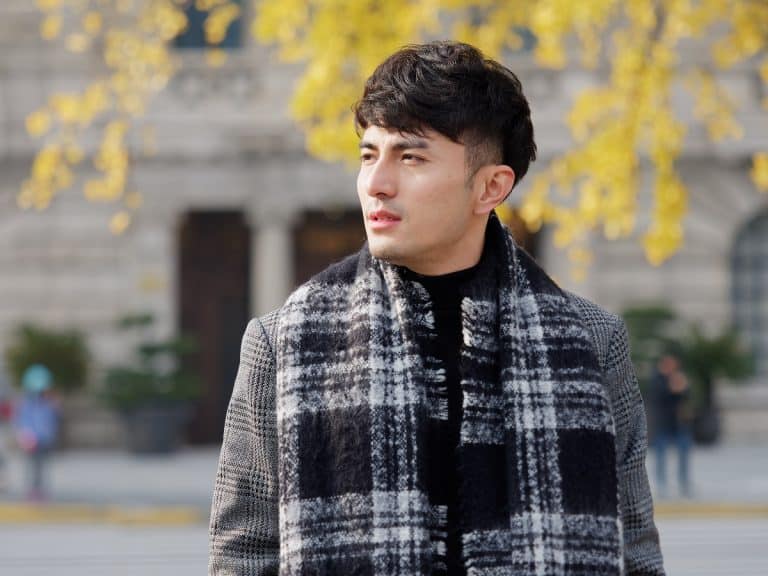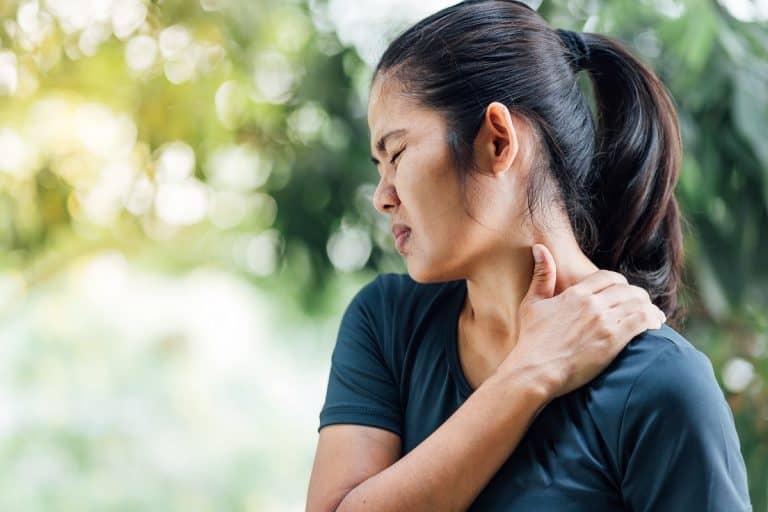Balayage Vs. Ombré Vs. Highlights Vs. Babylights: The Only Hair Lightening Guide You’ll Ever Need
Your hairstyle is one of the first things people notice when they look at you. The way our hair looks, or the way it is styled tells so much about us. So, it is not a surprise that we constantly change our hair and look for new ways to improve our hair’s texture, color, length, and daily maintenance.
One of the best ways to keep a hairstyle fresh and up-to-date is to go for some hair lightening. However, there are so many hair-lightening trends and techniques, which makes it hard for us to choose the best and most suitable one for our hair in particular. So, if you’re looking to change or improve your hairstyle, but don’t know much about hair lightening, then look no further.
In the following paragraphs, we’ll tackle the essential hair lightening techniques, which include balayage, ombré, highlights, and babylights. We’ll talk about each of the techniques, how they’re done and how you can ask your hairstylist correctly for each of these looks, to make them suit you and your hair. So, without further ado, let’s get started!
Balayage Vs. Ombré Vs. Highlights Vs. Babylights: 4 Hair Lightening Techniques
Balayage
Balayage has emerged as one of the hottest trends in the hairstyling community several years ago, and to this day has remained as one of the most in-demand hairstyles. Many assume that balayage is a hair color, however, it is a coloring and lightening technique used by expert hairstylists to achieve color gradation and shading.
Balayage is a French word and translated stands for ‘sweeping’ or ‘painting’ on the color onto the hair in a free-hand movement. However, despite the awfully-dreaded freehand movement, the balayage hairstyle yields incredibly blended, lightened hair color, which looks wonderful on any base color, hairstyle, or hair texture.
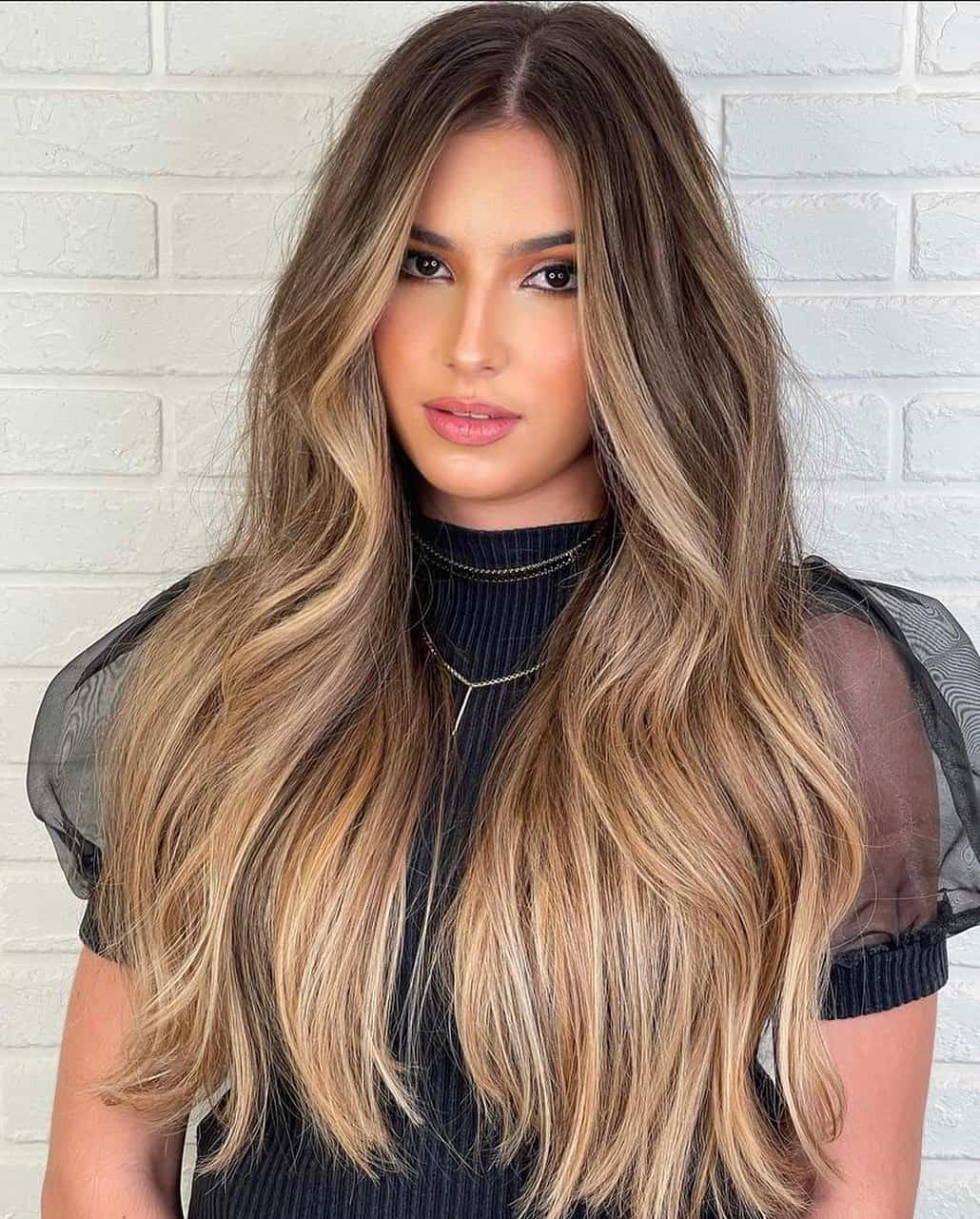
If you’re having a hard time understanding what balayage is, here’s a simple description; imagine a surfer girl coming home after a long day at the beach, with darker hair at the roots, and lighter hair at the ends. Balayage is simply a vacation hairstyle that lasts the whole year-round.
Here’s are some highlights (pun intended) regarding balayage;
- The Balayage coloring technique doesn’t require the use of foils; it is a more freestyle, artistic approach to coloring. However, some hairstylists will use foils to promote better color lift in case of some darker hair color bases.
- Balayage is exceptional for women looking to get a style improvement but ensures it remains natural, balanced, put together, and easy to maintain and take care of.
- During the balayage process, the hairstylist will hand-select hand strands to color. This process happens quickly, especially without the foils. The colored hair needs some time to lift, which can take up to an hour, depending on your hair.
- The whole balayage appointment can take between 3 to 5 hours though. You’ll be seated under the dryer between 1 and 2 hours to promote the faster lightening process. The rest of the process can also take between 1 and 3 hours, since your hair needs to be rinsed, brushed, properly treated and protected, styled, and so much more.
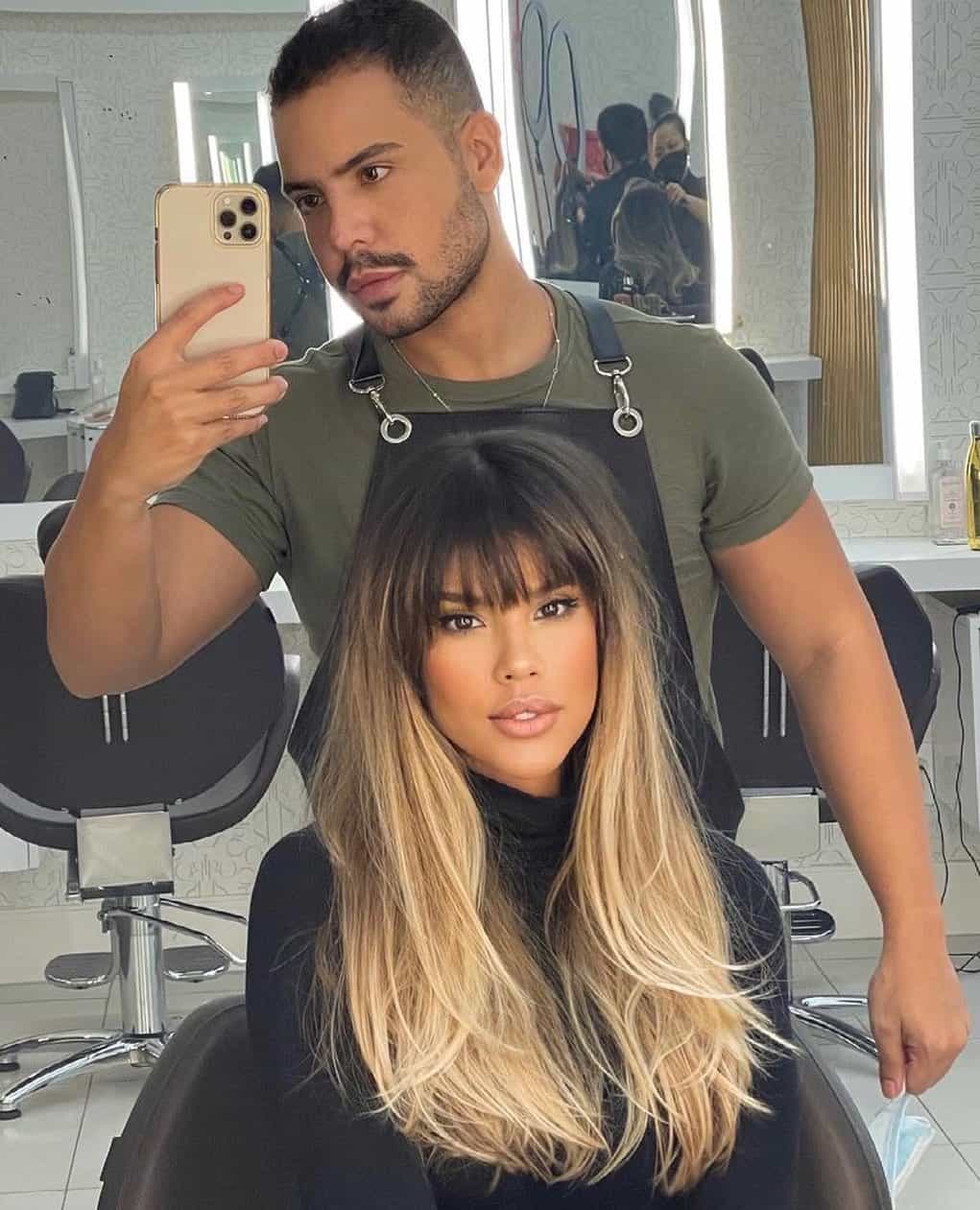
When it comes to the benefits of a balayage hairstyle, we’d like to point out the fact that balayage is truly a low-maintenance look. Your hair will grow out more naturally, so the roots won’t be as visible and off-looking compared to the other lightening techniques.
You can see your hairstylist every few months for a touch-up if your balayage starts at the roots. If the balayage starts mid-hair, you can get a touch-up in the form of trimming or balayage lightening. Other than that, there isn’t much to worry about or maintain specifically.
We also have to mention that balayage looks rather natural and effortless compared to the traditional highlights and other lightening techniques. There are no harsh lines, and the base color blends perfectly with the balayage highlights.
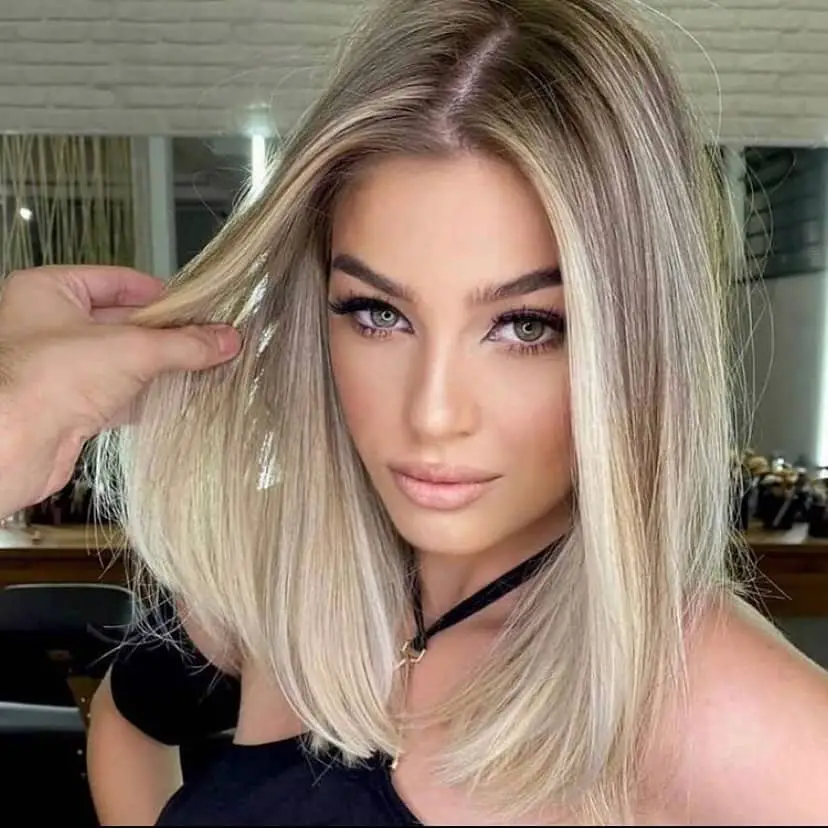
And finally, we have to emphasize that balayage is exceptional for natural, unprocessed hair, or for those who’d like to minimize hair processing and damage. Balayage doesn’t require full hair saturation with bleach, which means less damage and less processing. The hair will remain natural, silky, and healthy.
Of course, there are some drawbacks to balayage, including hair turning into warmer tones and turning brassy in such cases. Some people like this appearance, while others, who opt for truly bright, light, and blonde balayage might find this off-putting. So, before you get a balayage, talk to your hairstylist, let them evaluate your hair color, and see whether this technique will fully work on you.
Also Read:
Ombré
Unlike balayage, ombré is not a color application technique; it is more a name for the effect that is generally the outcome of lightened hair. Ombré stands for the shade and color graduation when lightening the hair.
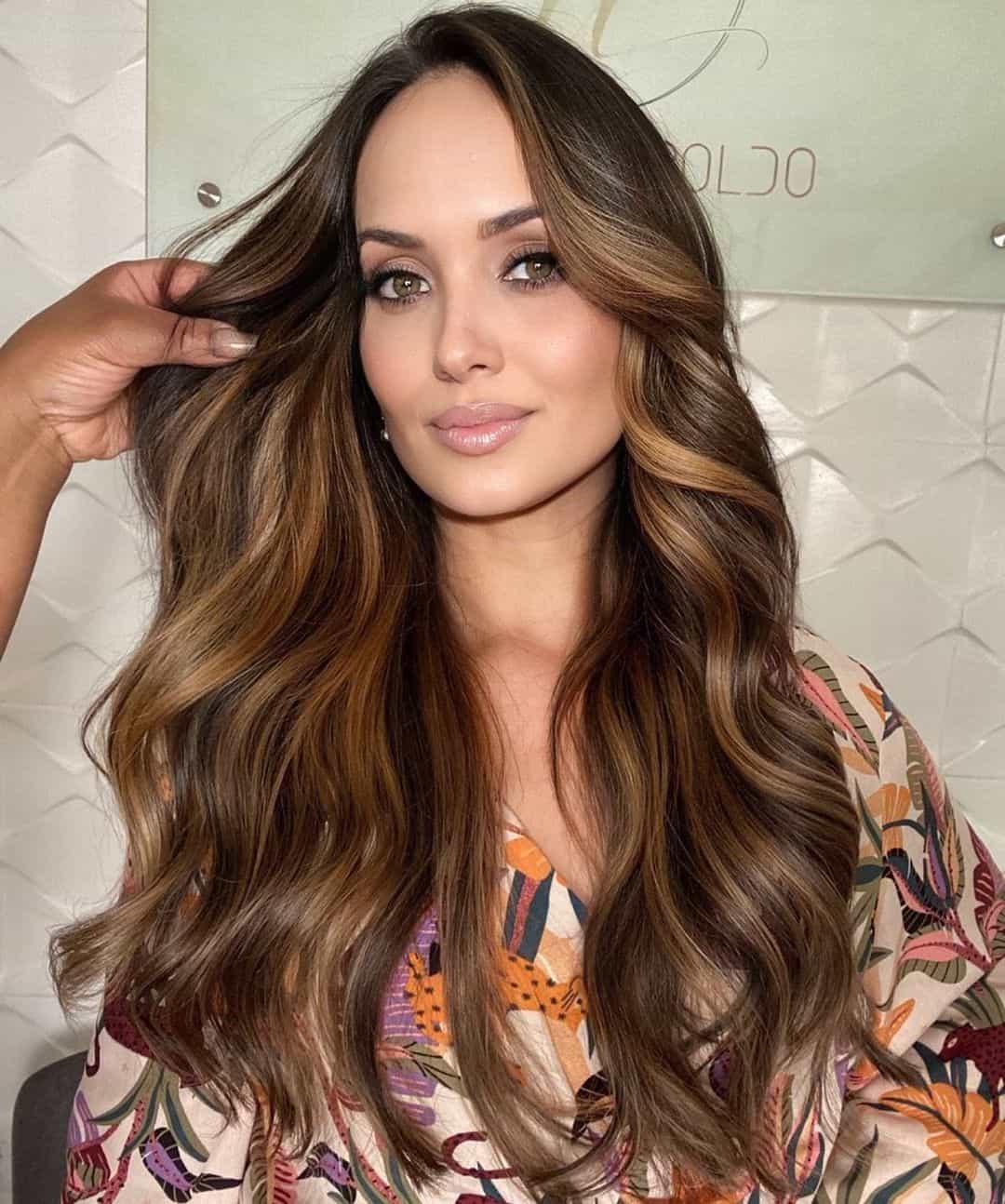
However, ombré does comprise certain aspects of an individual hairstyle, not just the effect. For example, an ombré starts somewhere at the mid-hair section; from there, the color turns gradually lighter, meeting its lightest point at the hair ends.
Imagine colored hair that is grown-out and you can see the dark roots; that is what an ombré looks like. Balayage, on the other hand, targets specific sections of the whole hair, from the roots to the ends. So, one of the characteristics of an ombré hairstyle is its placement.
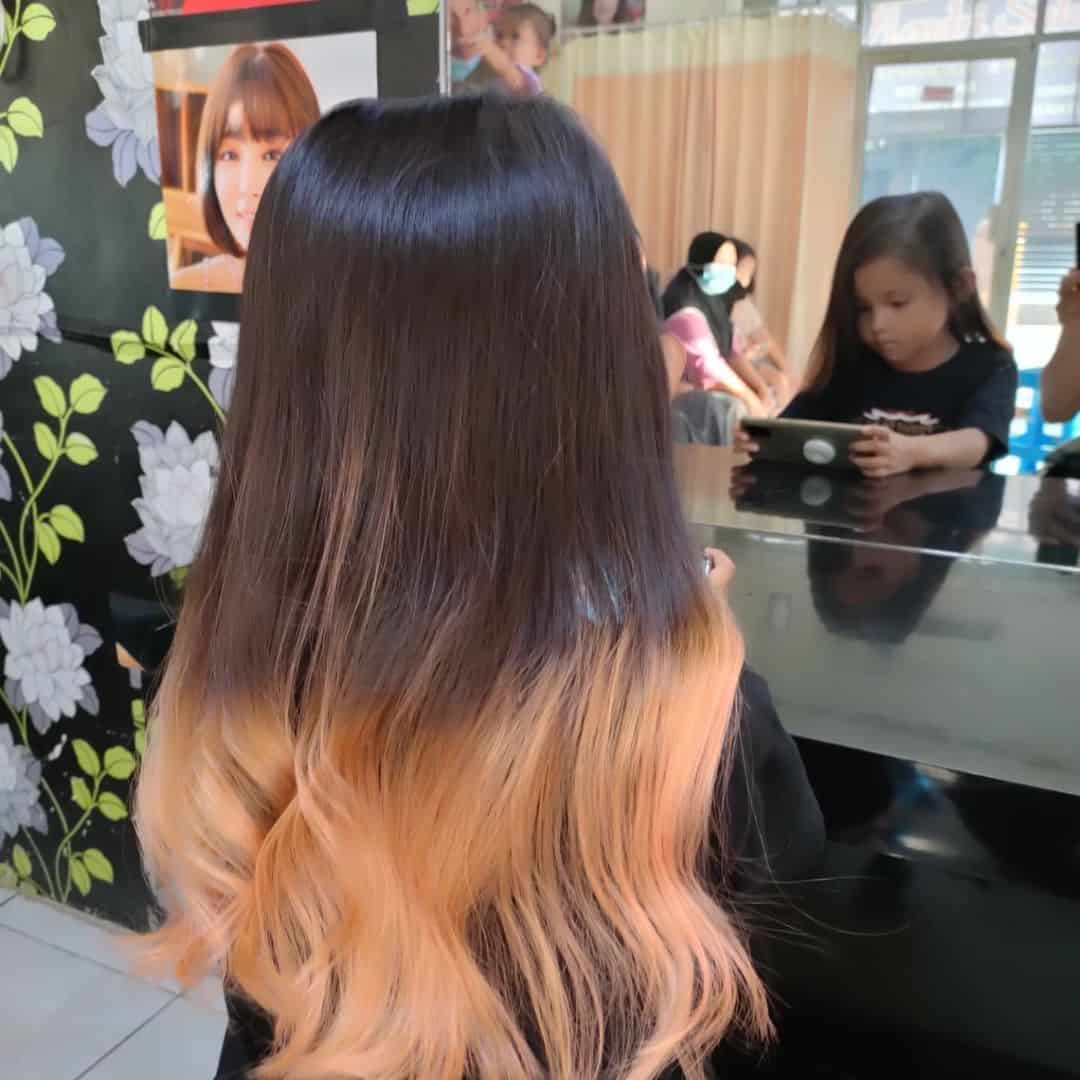
Ombré, just like balayage, is a low-maintenance hairstyle. It always looks effortless and put together, even if you’ve done nothing to your hair but wash it. Moreover, the ombré hairstyle is probably one of the most affordable ones, since you can grow it out as much as you want, without appearing unmaintained. That is because of the root shadow and color melt ombré techniques which give you the ‘intentionally grown out hair’ effect.
Here are some useful information regarding ombré;
- Ombré can last you a long time, depending on whether you want to grow out your ombré or not. On average, an ombré can look fresh up to 6 months, not taking into consideration short hair ombré hairstyles. After half a year, you can go for a touch-up, add some new highlights, do some trimming or completely replace the ombré with, for example, a balayage.
- If you want to extend the duration of your ombré, ask your hairstylist for a ‘root shadow’ or ‘color melt’ so that your ombré appears as an intentional hair grow-out.
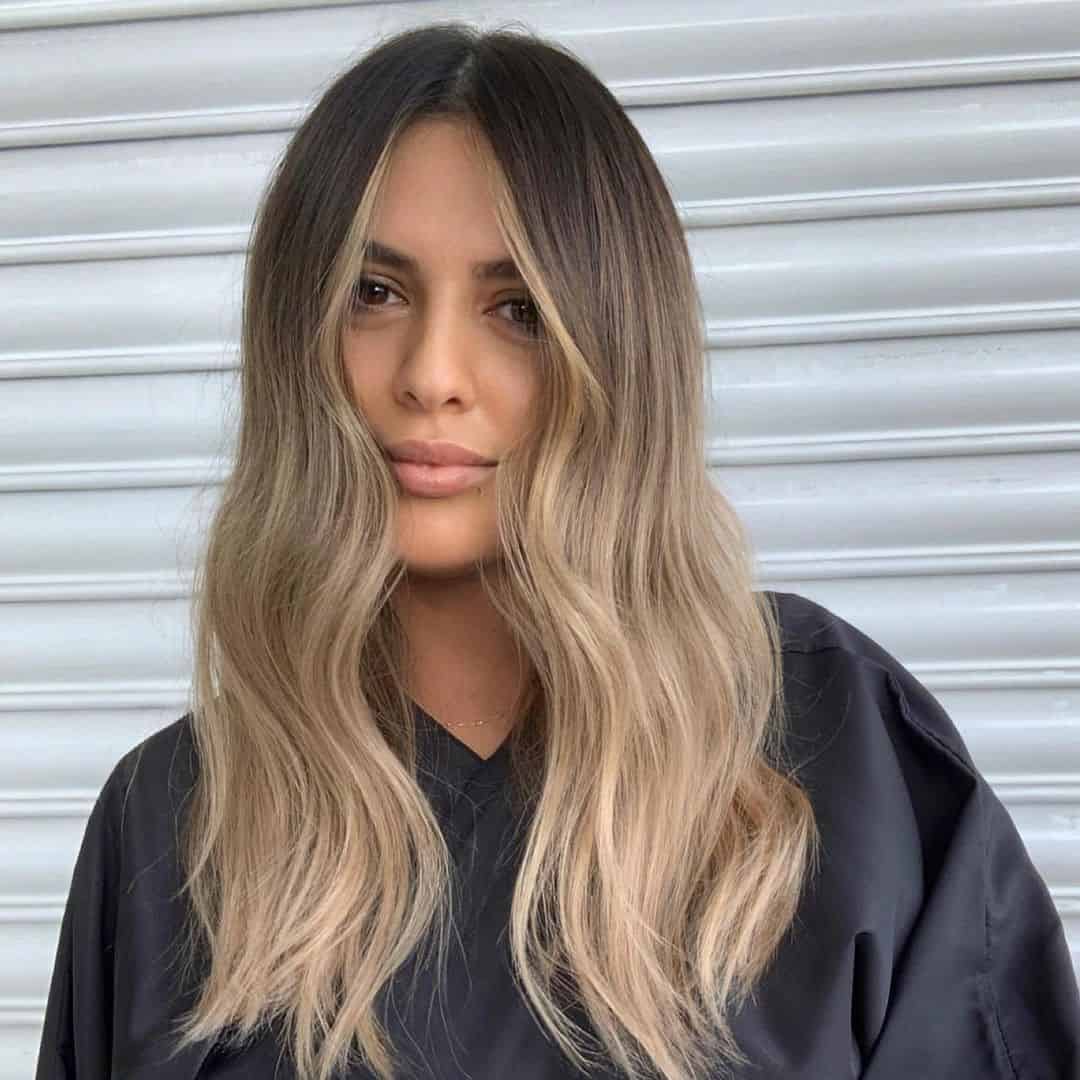
- Ombré is excellent for both, those who want to go wild and get bright or neon colors but don’t dare do the whole head of hair, or those who want a simple yet effective improvement of their current hairstyle.
- To take care of an ombré hairstyle, make sure to wash your hair with a color-safe, sulfate-free shampoo. This especially applies to blonde ombré hairstyles and cases where the hair starts getting brassy after a while. To prevent brassy hair, make sure to use a purple shampoo.
Also Read: Top 40 Unique Ombre Hair Color Ideas(Blond, Black, Brown And Colorful)
Highlights
Highlights is a term that refers to the lightened strands of hair in hairstyles like ombré or balayage. Depending on the type of highlights, their brightness, placement, and application technique, highlights can vary and change your hair in different ways. Generally, the plainest version of highlights is the one done using foils and other heat-inducing highlighting techniques.
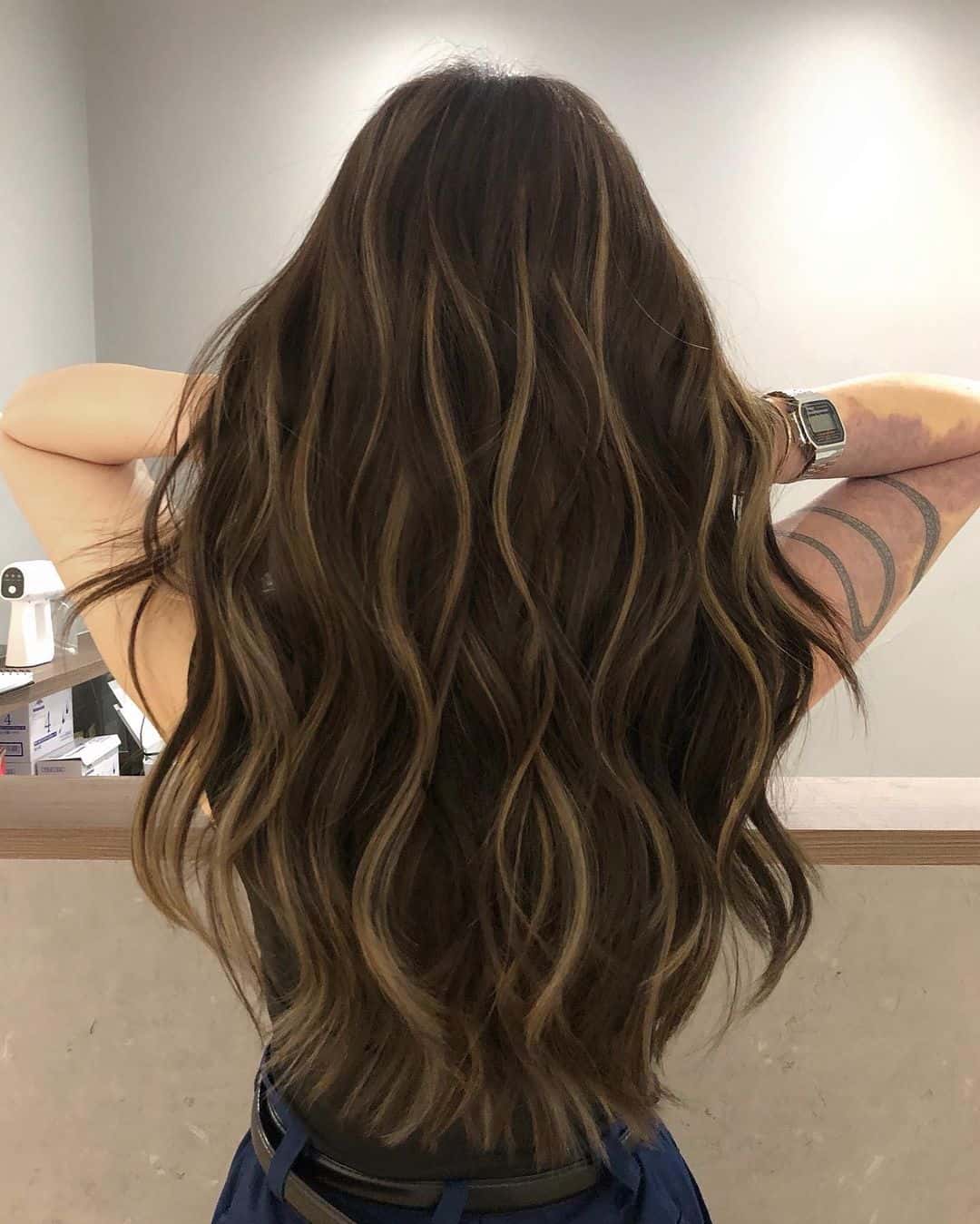
Foil highlights are the most common since they have the best color-blend outcome. The even color distribution makes highlights a one-size-fits-all technique, but they can be easily built into a balayage or an ombré for more depth and dimension. High-end hairstylists manage to combine different techniques to create highlights that will fit your hair and preferences, in both color and distribution.
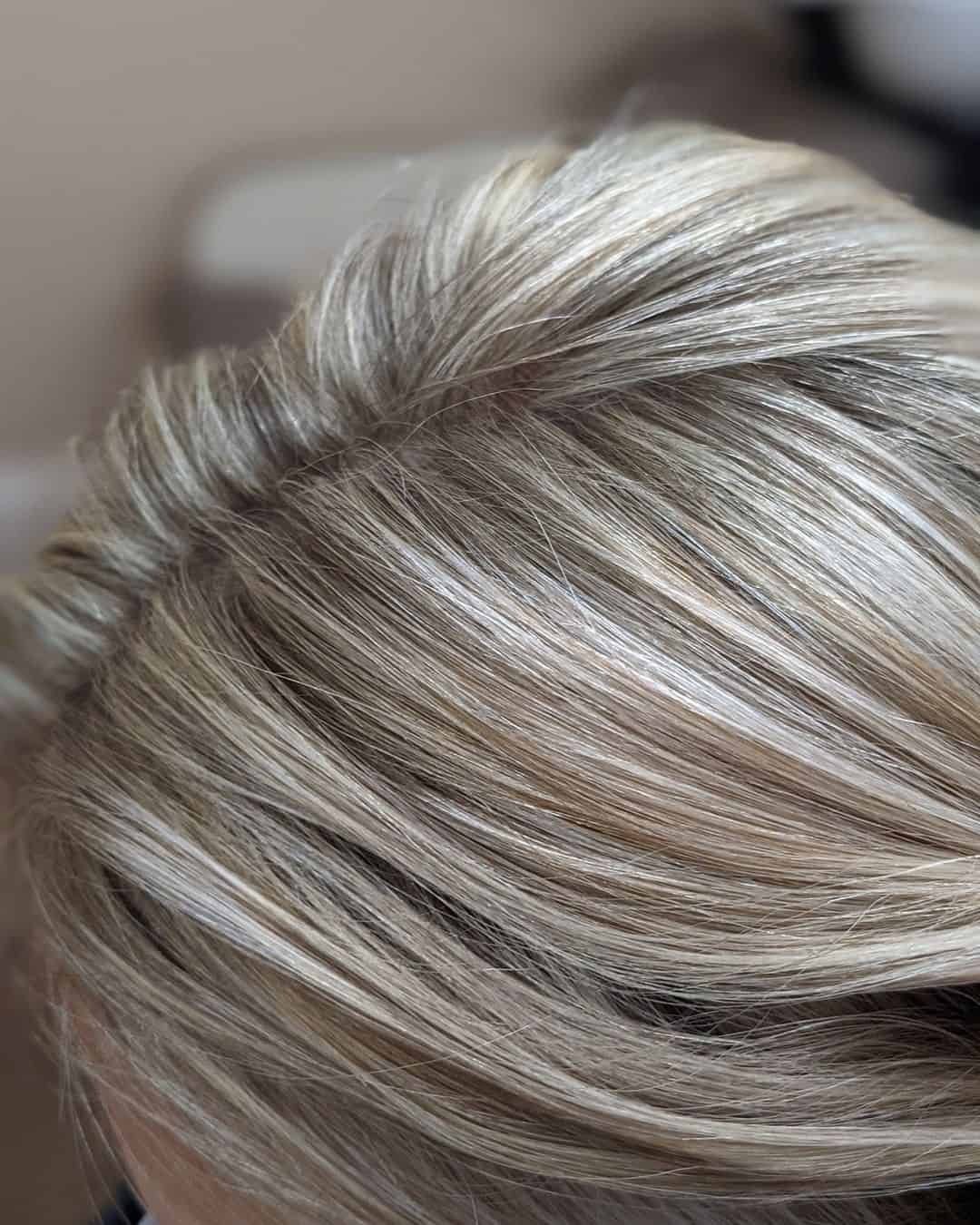
Here are some useful information regarding highlights;
- Highlights are generally lighter than the color base, but they can also be darker for brighter hair colors. Such ‘highlights’ are known as lowlights and are a great alternative for those wanting a balayage effect on blonde hair, for example.
- To get more controlled highlights, make sure to always go to an expert hairstylist. Professional hairstylists are exact with their highlights, hair coloring, and distribution. So, to avoid improper placement, unfitting shades, color leaking in the foil, or overdried and overprocessed hair, book a professional. It can be really easy to mess up highlights if you don’t know what you’re doing.
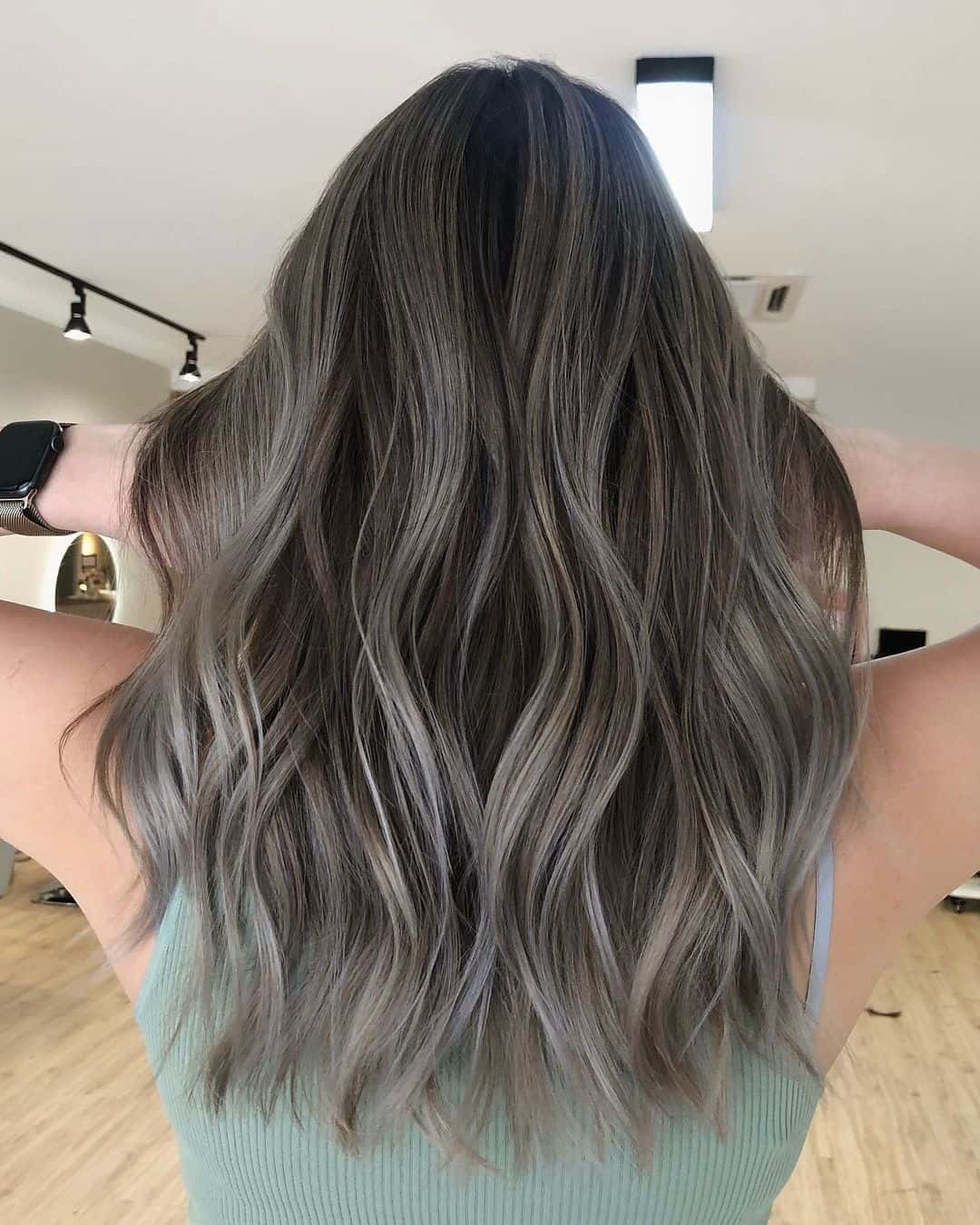
- Highlights can cause oxidation and fading due to hair processing. This, in turn, can leave your hair looking washed-out and overprocessed. To avoid such outcomes, make sure to use color-safe, sulfate-free shampoos and conditioners. Also, adjust the shampoo choice according to the color of the highlights; for example, if the highlights are blond, you’ll go for a purple shampoo to avoid hair brassiness.
Also Read:
- Red Highlights on Brown Hair: 40+ Most Trendy Ideas to Try Out
- 40+ Amazing Purple Highlights On Black Hair Ideas (2022 Updated)
- 50+ Delicious Caramel Highlights on Brown Hair: Trendy Ideas For A Hair Makeover
- Top 30 Blonde Highlights On Black Hair (2022 Updated)
- Top 30 Black Hair Caramel Highlights (2022 Updated)
- Top 40 Gorgeous Colored Bob Hairstyles (2022 Updated)
- Top 30 Money Piece Highlights (Brown, Blonde & Ombre, Colorful)
Babylights
Now, all of the aforementioned lightening techniques are pretty bold and intense. Even though they might look natural, you can still tell there has been some change to the hair color and overall appearance. However, when it comes to babylights, the hair change is subtle and soft. In the most ideal version, babylights are almost undetectable.
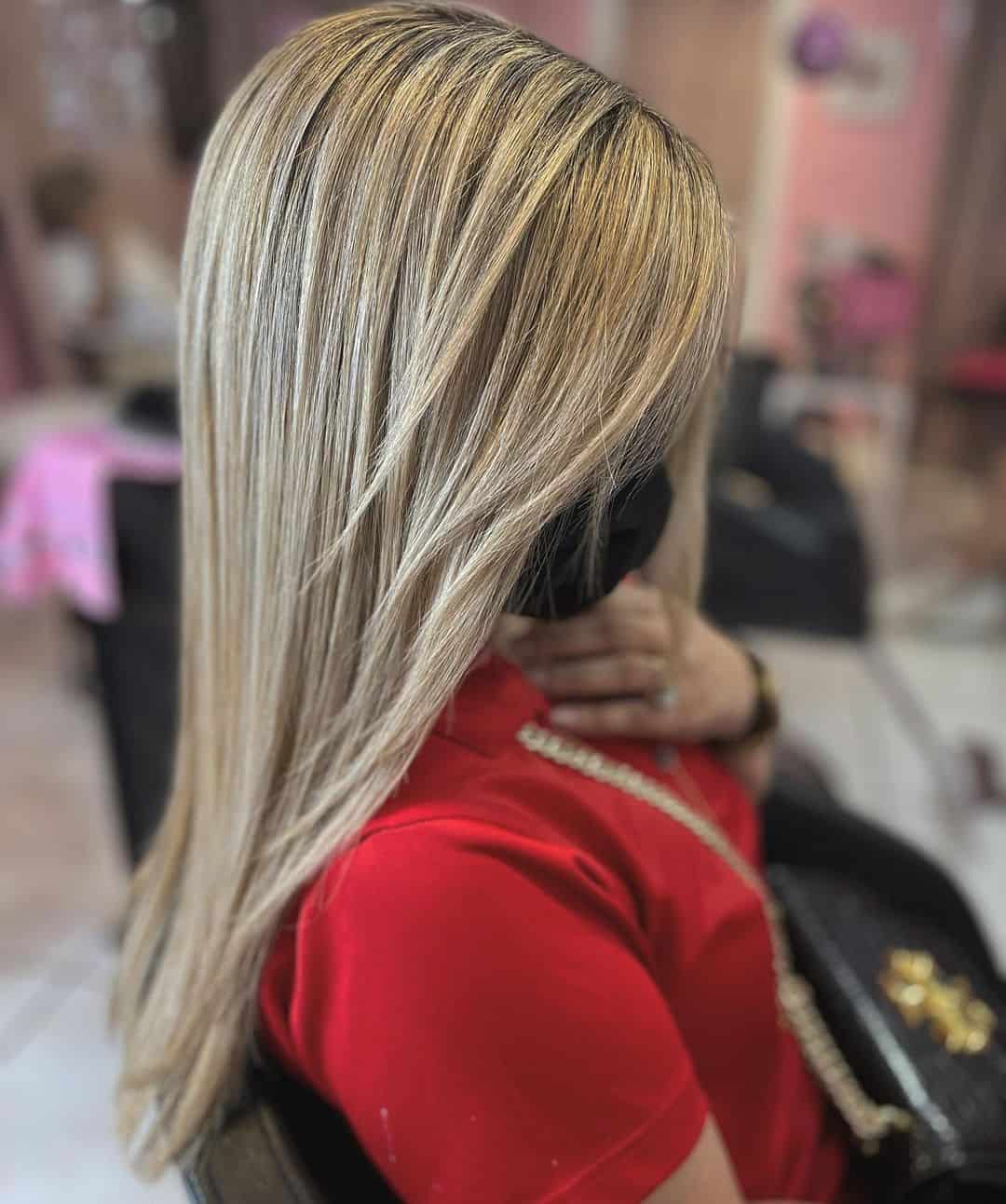
Now, for those who don’t know, babylights are extremely fine, and soft highlights are done using the foiling technique. They’re done light the regular highlights, except the technique is more detailed, fine, and subtle. Babylights need to be done by a hair professional to achieve that ‘no highlights-highlights’ look. Babylights are a ‘one-size-fits-all’ type of look and look great on any hair color, style, and texture.
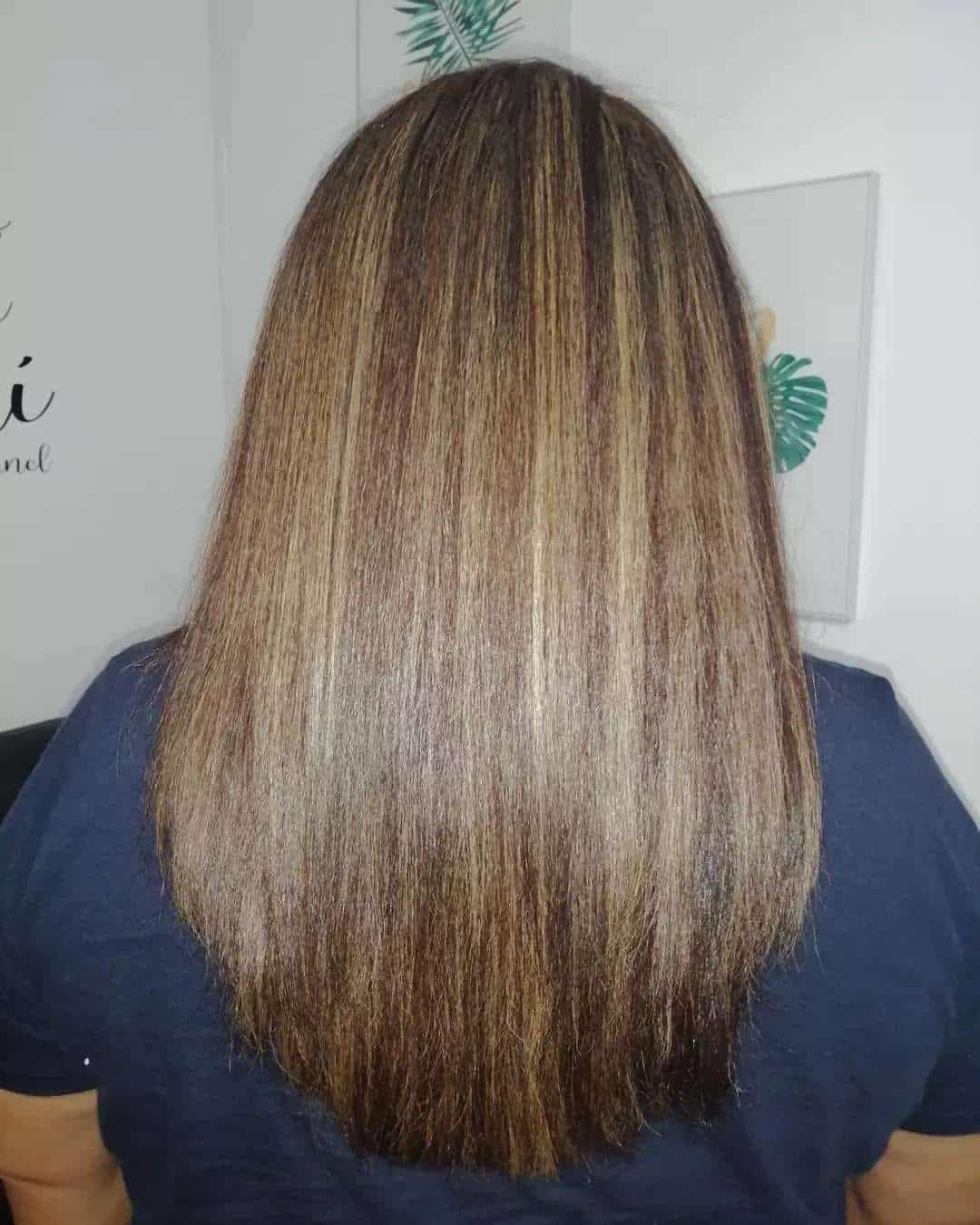
Compared to other lightening techniques, babylights only differ in the size of the actual highlights. Other than this, they can be placed and done however you want; in the form of a balayage or an ombré, for example. Simply put, you can adjust babylights to fit any of the current hair-lightening trends.
The Takeaway
Hair lightening is one of the best ways to improve your hairstyle without being too intense and drastic. Highlights and hairstyles like balayage and ombré are hair trends that seem to never go out of style the past few years, and they also suit almost every hair color, texture, and style. So, if you want to try out something new, but still retain that natural base color, then go for simple highlights, a natural balayage, or an ombré to spice up your look. But, remember; always talk to a professional hairstylist and colorist and have your hair done by experts only.

